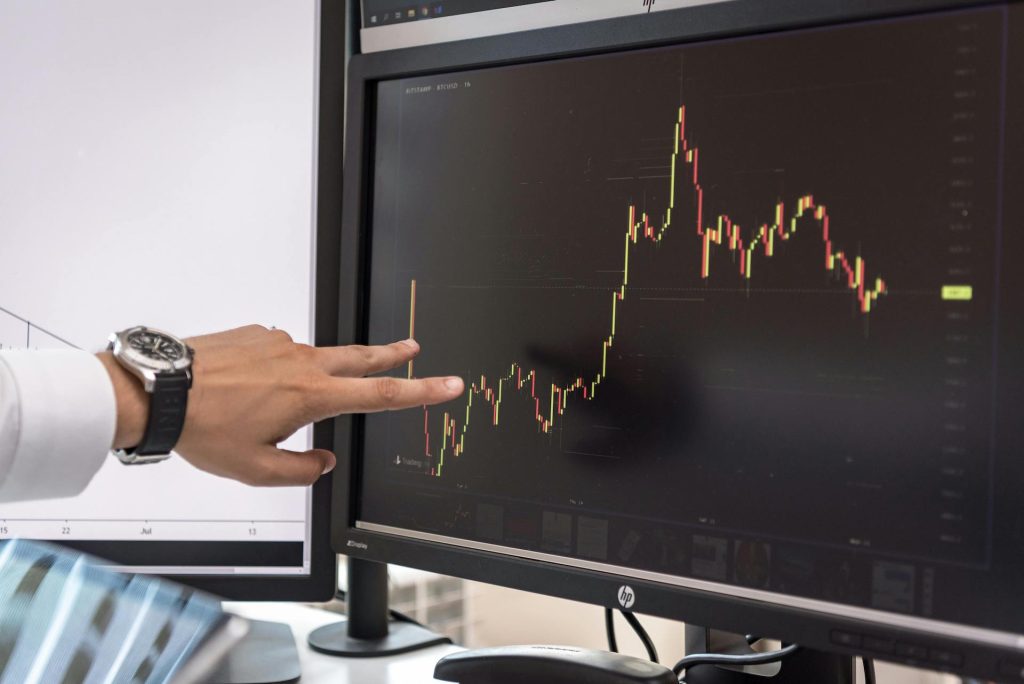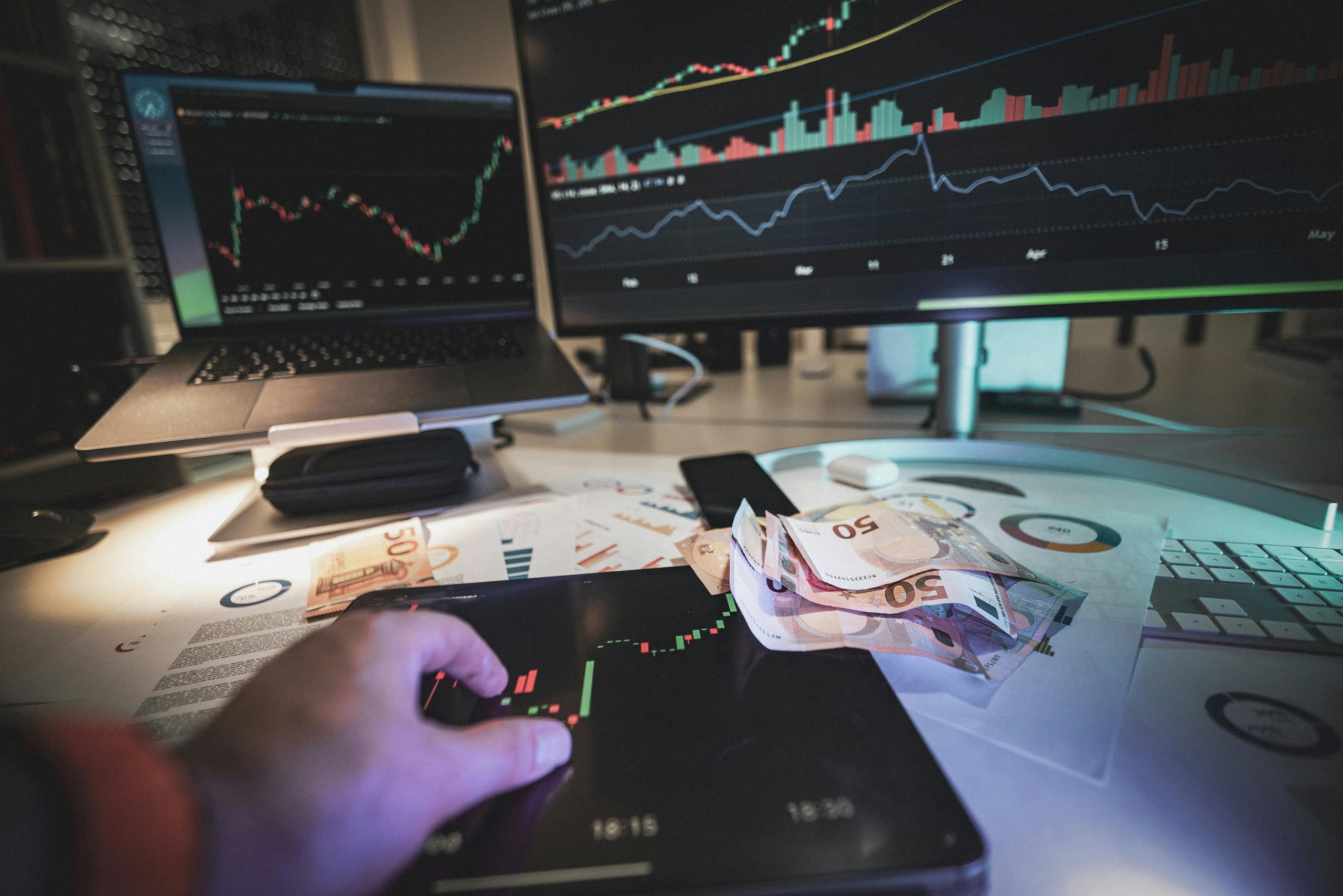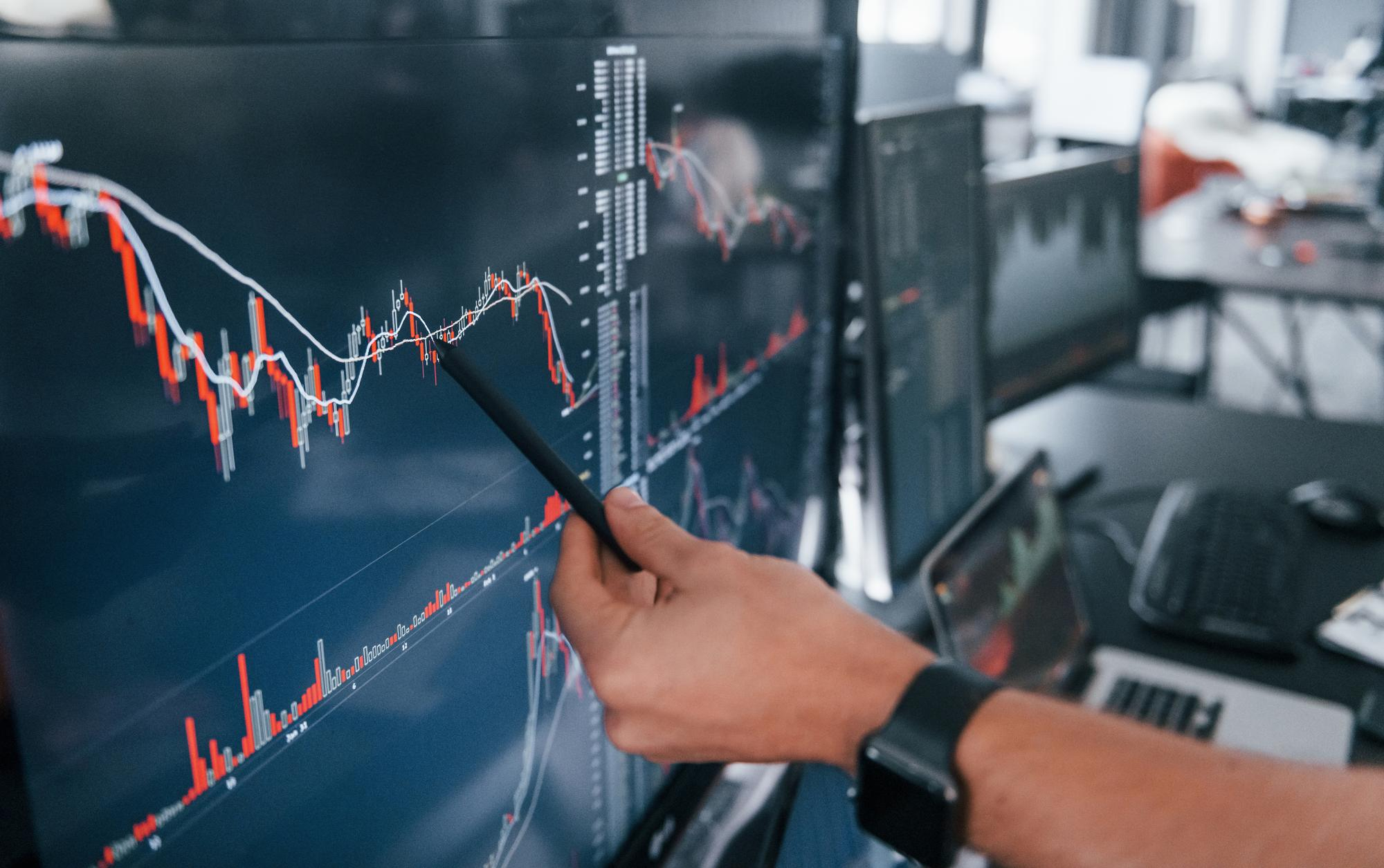Forex trading, or trading in the foreign exchange market, involves buying and selling currencies to profit from fluctuations in exchange rates. The foundation of any successful Forex trading strategy is making well-informed decisions, and the type of Forex trading analysis you use is a critical factor in this process.
When choosing the right type of analysis, new traders often ask, “What kind of analysis is best for forex trading?” The answer is complex. It depends on your trading style, risk tolerance, and time commitment. Each analytical method has advantages; no single approach works universally for all traders.
However, by understanding the three main types of analysis—technical, fundamental, and sentiment analysis—you can make an informed choice about which strategy, or combination of techniques, fits your needs best. In the forex world, you will find advocates for each type of analysis, and learning how they complement one another can significantly improve your trading performance.
Forex Trading Analysis Types
Forex analysis generally falls into three broad categories: Technical, Fundamental, and Sentiment Analysis. Each analysis method serves a specific purpose and can be used independently or combined to form a more comprehensive trading strategy. Let’s explore each type in detail.
1. Technical Analysis (TA)
Technical analysis is one of the most popular methods used by forex traders. It involves studying price charts, identifying patterns, and using technical indicators to predict future price movements.
Traders who rely on technical analysis believe that past price action can indicate future price trends. The core idea here is that price movements are not random; they follow specific trends and patterns.
Key Features of Technical Analysis:
- Price Charts: Traders rely heavily on price charts to identify trends and patterns such as head-and-shoulders, double tops, and flags.
- Technical Indicators: Common tools include moving averages, relative strength index (RSI), Fibonacci retracement levels, and Bollinger Bands.
- Time Frames: Traders often analyze different time frames, from minute charts to monthly charts, depending on their trading style (scalping, day trading, or swing trading).
Benefits of Technical Analysis:
- Real-Time Data: Technical analysis provides real-time information that can help traders react quickly to market changes.
- Pattern Recognition: Identifying recurring patterns allows traders to make more informed predictions about future price movements.
- Easy to Learn: Many technical analysis tools are user-friendly and can be mastered with time and practice.
However, technical analysis has its limitations. Price charts and patterns only sometimes tell the whole story, especially when unexpected economic events disrupt the market.

2. Fundamental Analysis (FA)
While technical analysis focuses on price action, fundamental analysis looks at the broader economic picture. This method evaluates the economic, political, and social factors influencing a country’s currency.
Traders who use fundamental analysis believe that economic health directly impacts currency values. By assessing these factors, they can predict long-term price movements.
Key Features of Fundamental Analysis:
- Economic Indicators: Key data points include GDP growth, unemployment rates, inflation figures, and interest rates. An economy with strong growth and low unemployment will likely have a strong currency.
- News Reports: Geopolitical events, central bank announcements, and global economic trends are all crucial in shaping market sentiment.
- Global Economy: Forex traders need to be aware of global market movements, including commodity prices, trade policies, and diplomatic relations between countries.
Benefits of Fundamental Analysis:
- Long-Term Insights: Fundamental analysis helps traders understand the long-term factors driving currency trends.
- In-Depth Analysis: It provides a more complete picture of market conditions by considering economic, social, and political factors.
- Risk Management: By understanding the underlying forces at play, traders can better manage their risk when making trading decisions.
One downside to fundamental analysis is that it often requires more time to study and digest than technical analysis. Fundamental traders must stay up-to-date with global economic news and reports, which can be time-consuming.
3. Sentiment Analysis
Sentiment analysis measures how the market feels about a particular currency or trading pair. It involves assessing whether the market is optimistic (bullish) or pessimistic (bearish). While sentiment analysis is less concrete than technical or fundamental analysis, it plays a crucial role in understanding market movements.
Key Features of Sentiment Analysis:
- Market Psychology: Sentiment analysis looks at how traders as a whole are feeling. If most traders are optimistic, prices may rise; if they’re pessimistic, prices may fall.
- Indicators: Some tools that gauge market sentiment include the Commitment of Traders (COT) report and volatility indexes like the VIX.
- Contrarian Approach: Some traders use sentiment analysis to take the opposite position of the majority, believing that when everyone is bullish, the market is overbought and ready for a reversal.
Benefits of Sentiment Analysis:
- Market Timing: Understanding market sentiment can help traders time their trades better, avoiding bad entry points.
- Contrarian Signals: Sentiment indicators can give traders early warnings about possible reversals in market direction.
- Complements Other Analyses: Sentiment analysis works well alongside technical and fundamental analysis, providing an additional layer of insight.
However, sentiment analysis can be subjective and less reliable when used alone. It’s often used in combination with other forms of analysis to improve decision-making.

Which Analysis is Best for Forex Trading?
There is no one-size-fits-all answer to which type of analysis works best for forex trading. Each trader’s individual style, risk tolerance, and time availability will determine which method is most effective. That said, many successful traders find that combining different types of analysis yields the best results. Here’s how you can approach this:
- For Short-Term Trading: Technical analysis tends to be more useful for traders who engage in short-term strategies like scalping or day trading. The real-time nature of technical data allows traders to make quick decisions based on price movements.
- For Long-Term Trading: Fundamental analysis is more appropriate for long-term traders who base their decisions on economic trends, interest rates, and global events. It helps traders understand the bigger picture and avoid short-term market noise.
- For Sentiment Understanding: Sentiment analysis is an excellent complement to both technical and fundamental analysis, providing insights into market psychology that can influence price trends.
Many traders adopt a hybrid approach, using all three types of analysis. For example, they might use fundamental analysis to pick their trading pairs, technical analysis to time their trades, and sentiment analysis to gauge the broader market mood.
In conclusion, the type of analysis that works best for forex trading depends on your trading goals and style. Technical analysis is ideal for short-term traders looking for precise entry and exit points, while fundamental analysis suits long-term traders who want to base their decisions on broader economic trends. Sentiment analysis adds another dimension by revealing market psychology.
Ultimately, a well-rounded trader will benefit from understanding and applying all three types of analysis to make more informed trading decisions. Whether you choose to specialize in one or combine them, the key is to find a strategy that aligns with your goals and offers you the best potential for profit.
Mastering the different types of analysis in forex trading—whether it’s technical, fundamental, or sentiment—can be your key to success in the ever-changing forex market.
At Vestrado, we believe in empowering traders with the knowledge and tools to make well-informed decisions. By understanding these strategies and finding the one that best suits your trading style, you’re setting yourself up for better risk management and profitable trades.
Start exploring these methods today, and take the first step towards becoming a more confident and booming trader with Vestrado by your side.





